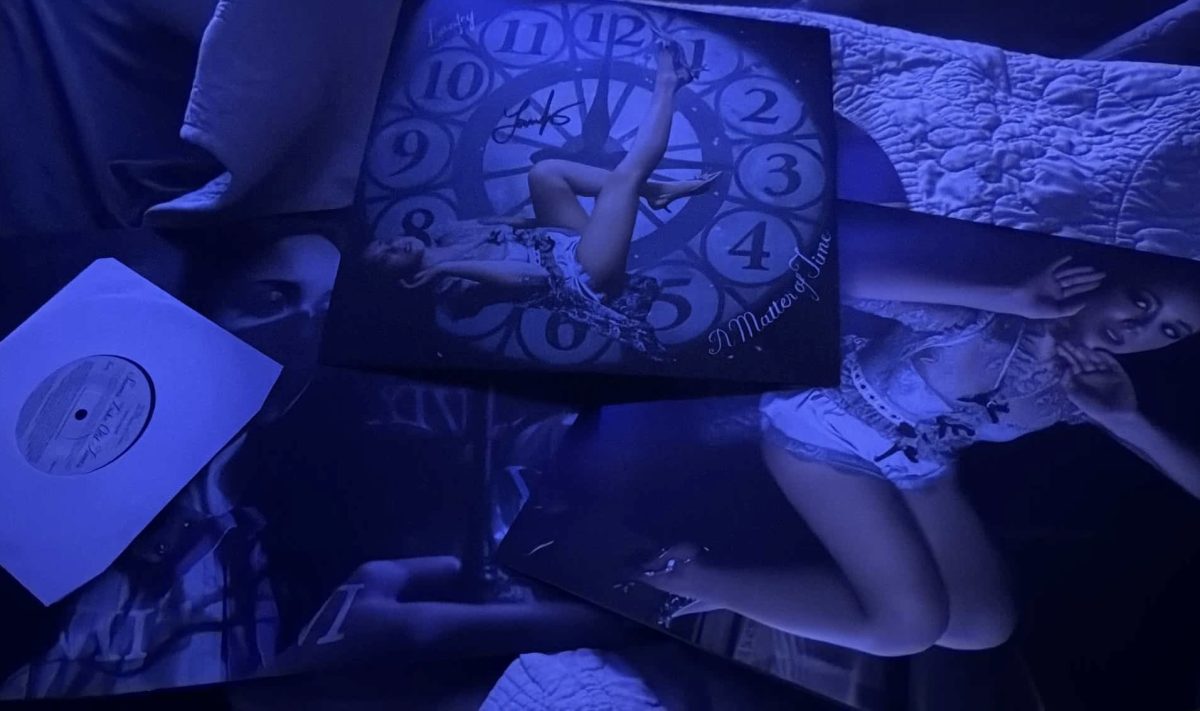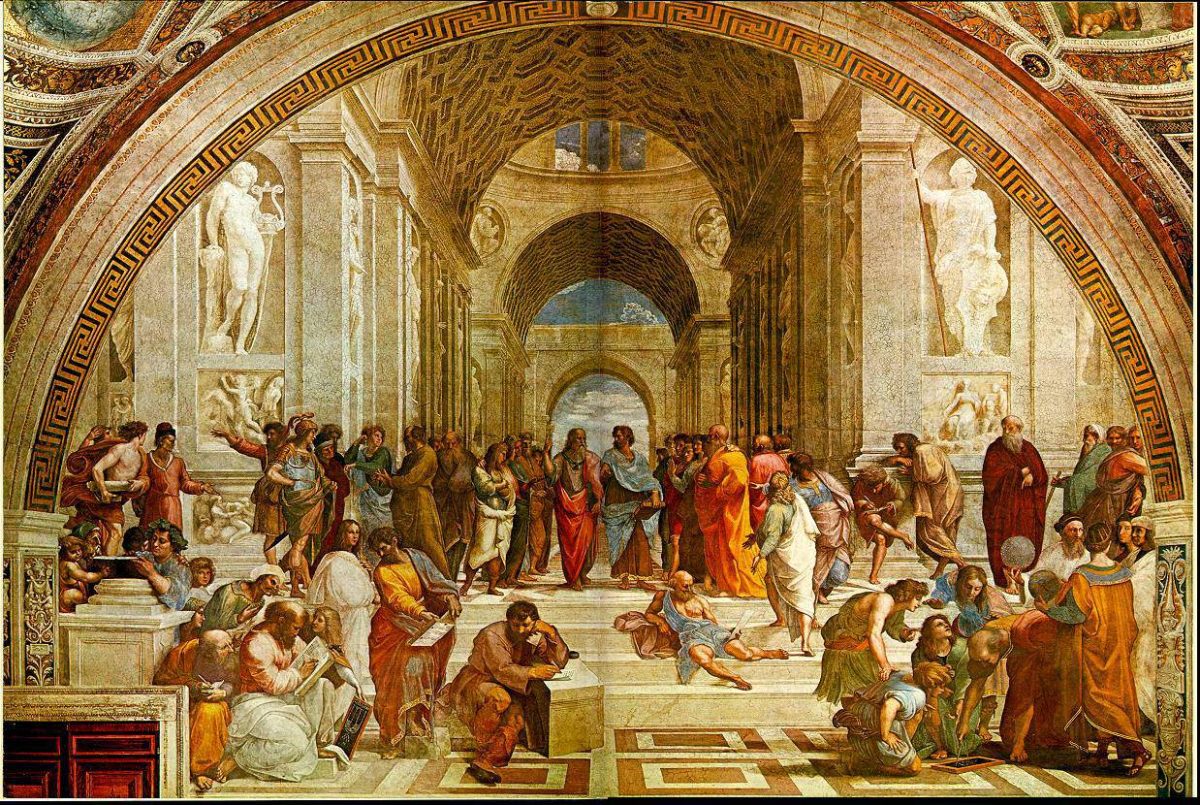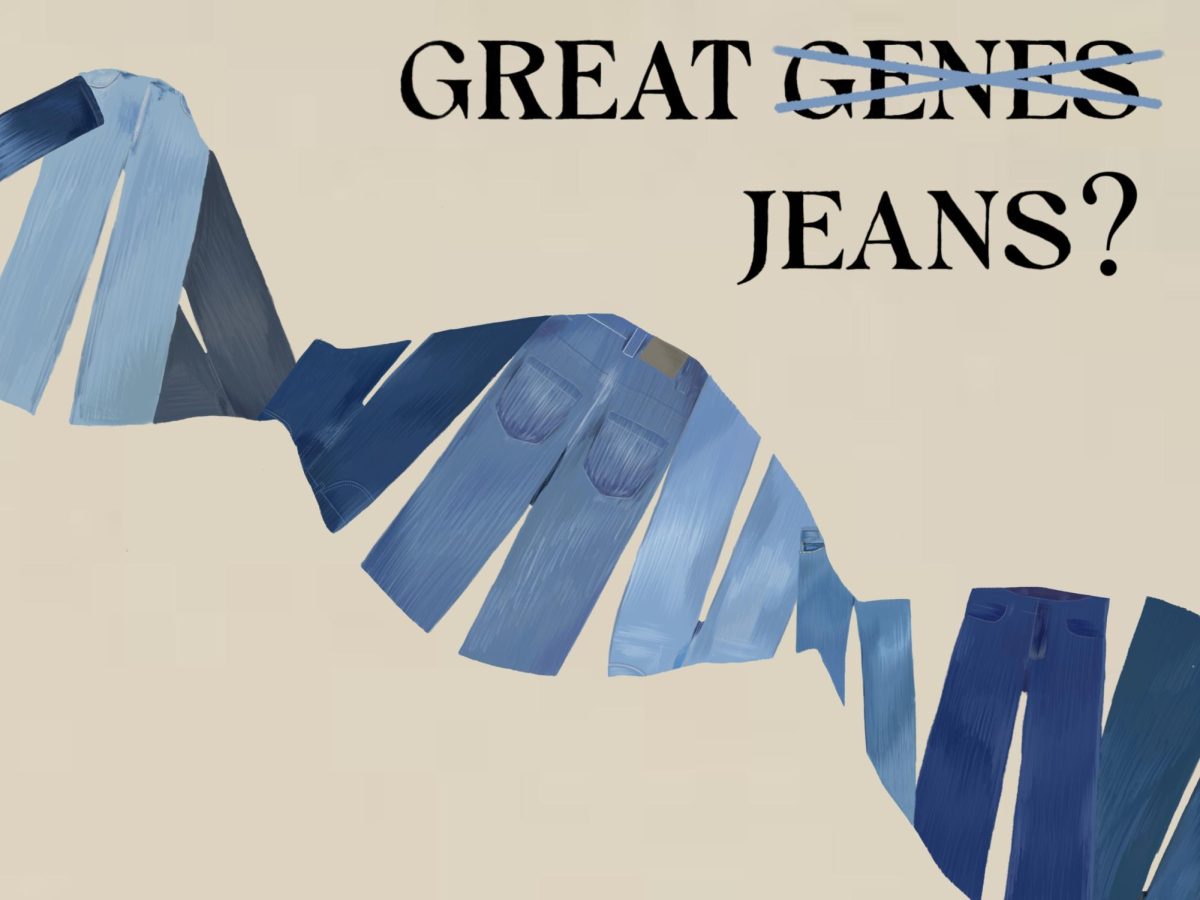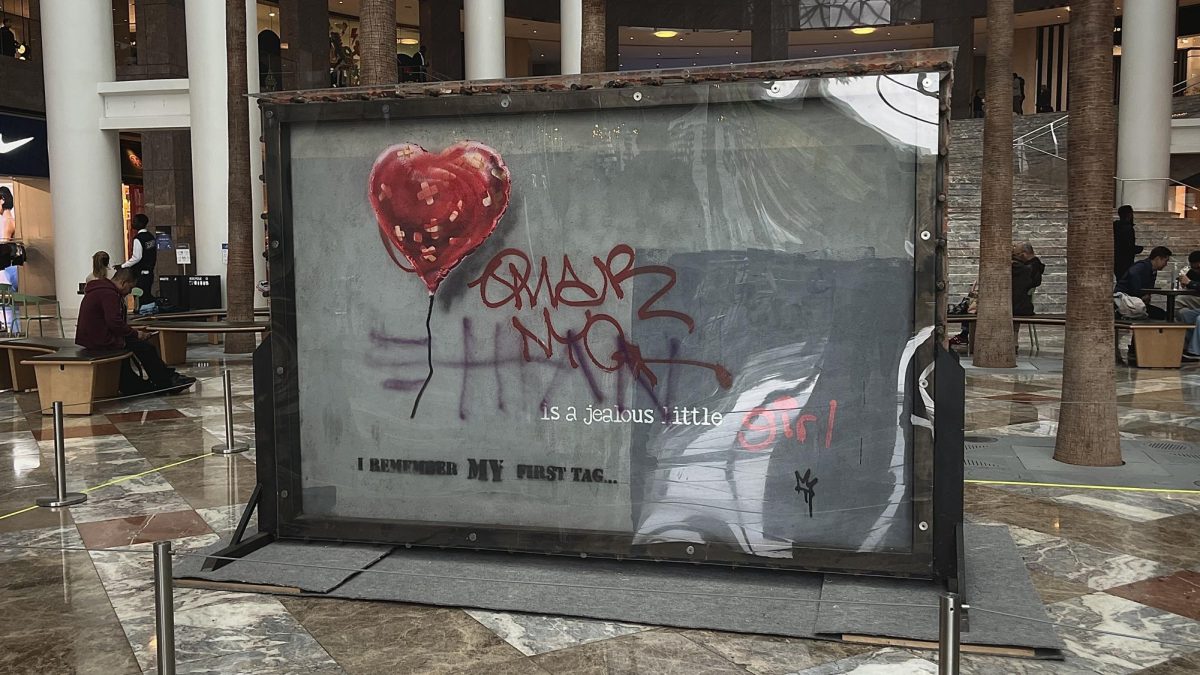It has been five years since Irish singer-songwriter Hozier released his debut album and made a splash on the mainstream music scene with his Grammy nominated hit single, “Take Me to Church.” Since the release of the well-received effort, Hozier has been off the radar. With the release of his sophomore album, Wasteland, Baby!, he builds on the rhythm and blues soul sound that made him a success in 2014. By expanding the realm of music genres one might not expect from Hozier, he is able to create a new album that shows artistic growth and experimentation.
From the first few seconds of the album, listeners are catapulted into Hozier’s world with “Nina Cried Power.” The lead single of the album, the song is an upbeat, soulful and exciting start to Hozier’s return to the music scene. The song is accompanied by Mavis Staples, who provides vocals for the song’s powerful chorus. The lyrics pay homage to the many people who inspired Hozier, such as Bob Dylan and John Coltrane, among many more.
Although the lyrics on this album also display a change of direction for Hozier, they are also more politically aware as compared to his previous album, which focused on the common themes that are found in blues songs, like love.
When asked about this in an NPR interview, Hozier explained, “The influences are all still there — the influence I had growing up — blues music and soul music, etcetera. Thematically, not that it was intentional, but it’s definitely informed quite a bit by the political climate of the last 12 months, 18 months. I hope it’s taken with a bit of a pinch of salt.”
The expansion of musical horizons explored by Hozier is noticeable in tracks like “No Plan” and “Dinner & Diatribes,” which have a certain groove not previously found on any Hozier track. The rhythms found on these tracks have mass appeal to them due to the open sound from the production found on this album.
As a singer, Hozier has a distinct voice that is very similar to most soul singers. However, the production on the album puts Hozier’s voice to the forefront of every track. For an album that clocks in at an hour, it is impressive that Hozier’s voice never overstays its welcome.
Another highlight of the album, “As It Was,” has a familiar folk sound that one expects from Hozier, but it is able to stand out due to its simplicity. The track sounds like it could’ve been off of his first album, but that is not necessarily a bad thing. In an album with fast tempo songs, “As It Was” stands out for all the right reasons.
The album is also noticeable for expanding instrumentation. Hozier grows his sound by incorporating gospel-like harmonies like those found on the opening track. In addition to that, Hozier is also a respectable guitar player. Throughout the entire record, there are countless fantastic guitar licks that one might not expect from an R&B style of player.
This new effort by Hozier successfully opens a new chapter for his career. “Take Me to Church” was the only song most people knew him for, but on this new record, Hozier does not really seem to care what people think of him.
As an artist, he is able to prove to everyone that he is not a one-hit wonder. Each song is able to have a good lasting impression and by the time the record is finished, listeners will most likely be humming a few choruses in their heads. On Wasteland, Baby!, Hozier reminds everyone what made him so successful in 2014 while demonstrating strong staying power.








